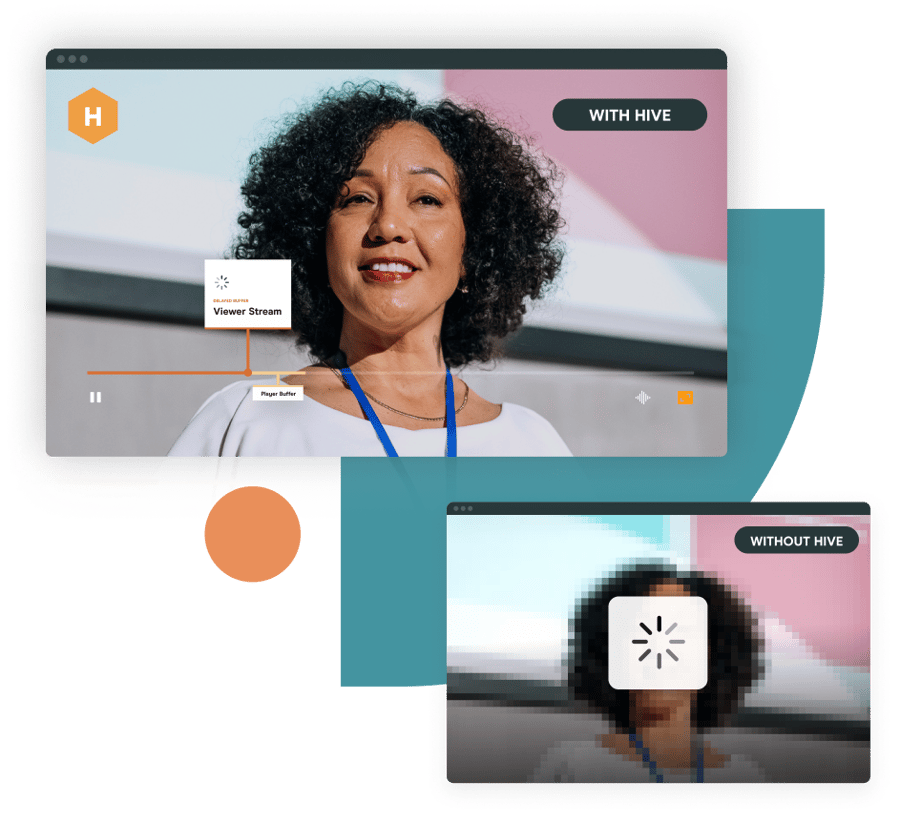The business blog
What makes a bad video experience? A peek into viewer perspectives

What makes a bad video experience?
Ever wondered what factors contribute to a less-than-ideal corporate video-watching journey? We did too. That’s why we recently asked 30 individuals “What makes a bad video experience?”. The insights we gathered shed light on the aspects that can transform a potentially great video into a less-than-optimal experience.
1. The buffering blues:
Topping the list of viewer frustrations was buffering. Nothing disrupts the flow of content like those dreaded loading pauses. It’s a universal annoyance, and understanding this helps us all appreciate the importance of a seamless streaming experience.
2. Navigating connectivity challenges:
A close second was poor internet connection. In a world where we’re more connected than ever, a shaky network can be a serious buzzkill. Streaming video can strain even the largest enterprise networks without an eCDN, highlighting the need for a reliable connection on both sides for an optimal viewing experience.
3. Lag, lag, lag:
Lag, our third contender, sneaks in quietly but disrupts the essence of real-time interaction. There’s arguably nothing more frustrating during a video meeting than someone speaking at the same time as you due to even the slightest lag.
4. Seeing is believing:
Blurry video quality came in fourth. Crystal-clear visuals are a fundamental expectation of today’s audience, especially when viewers are used to 4k quality on Netflix and HBO. High quality video that allows the viewer to see the thin lines next to a person’s eyes helps build trust and increase engagement.
5. I can’t hear you:
Loss of sound secured a spot in our list of grievances. Sound is a silent hero in the world of video, and when it goes missing, the impact is profound. It’s a reminder of the importance of a well-balanced audio-visual experience in captivating an audience.
6. Engagement is key:
Beyond technical glitches, unengaging content stood out. It’s a reminder that, ultimately, the heart of any video is its content. If it’s too long, or too uninteresting viewers will quite literally switch off.
7. Lighting up the visuals:
Poor lighting found its way into the mix. Lighting sets the ambiance and tone for a video, and understanding its impact emphasizes the artistry behind visual storytelling.
8. Awkward angles:
Lastly, bad camera angles made their presence felt. Camera angles might seem like a technicality, but they contribute significantly to a viewer’s experience.

Summary
In our bad video experience interviews, we uncovered viewer frustrations arising from technical challenges in video content, ultimately leading to disengaged and unaligned employees. Our mission is clear: to ensure superior video experiences that not only address these concerns but also foster increased engagement and alignment among enterprise audiences on a global scale.
Interested in learning more about how we ensure superior video experiences in internal company live video events? Click here to read an overview of our VX platform.